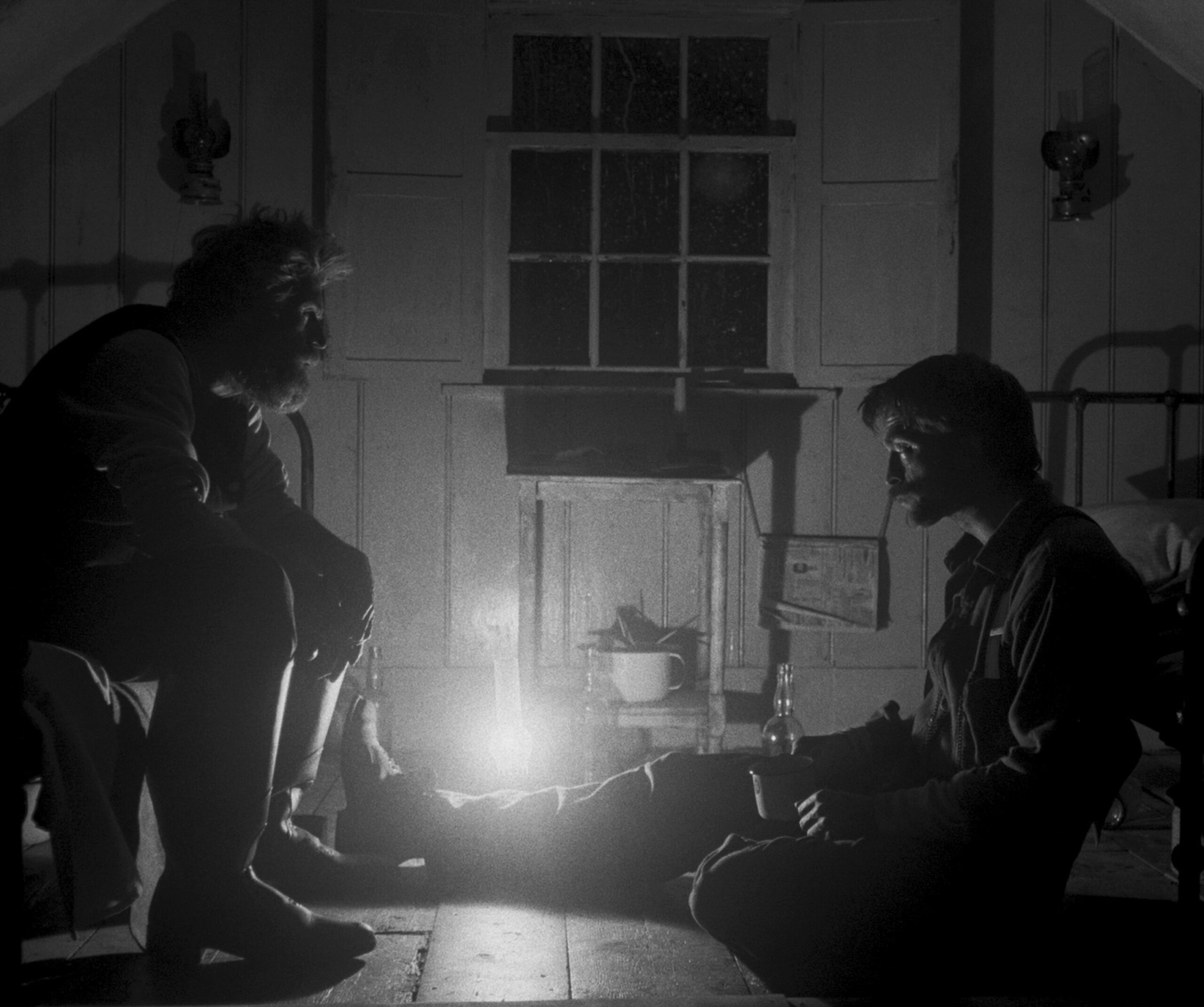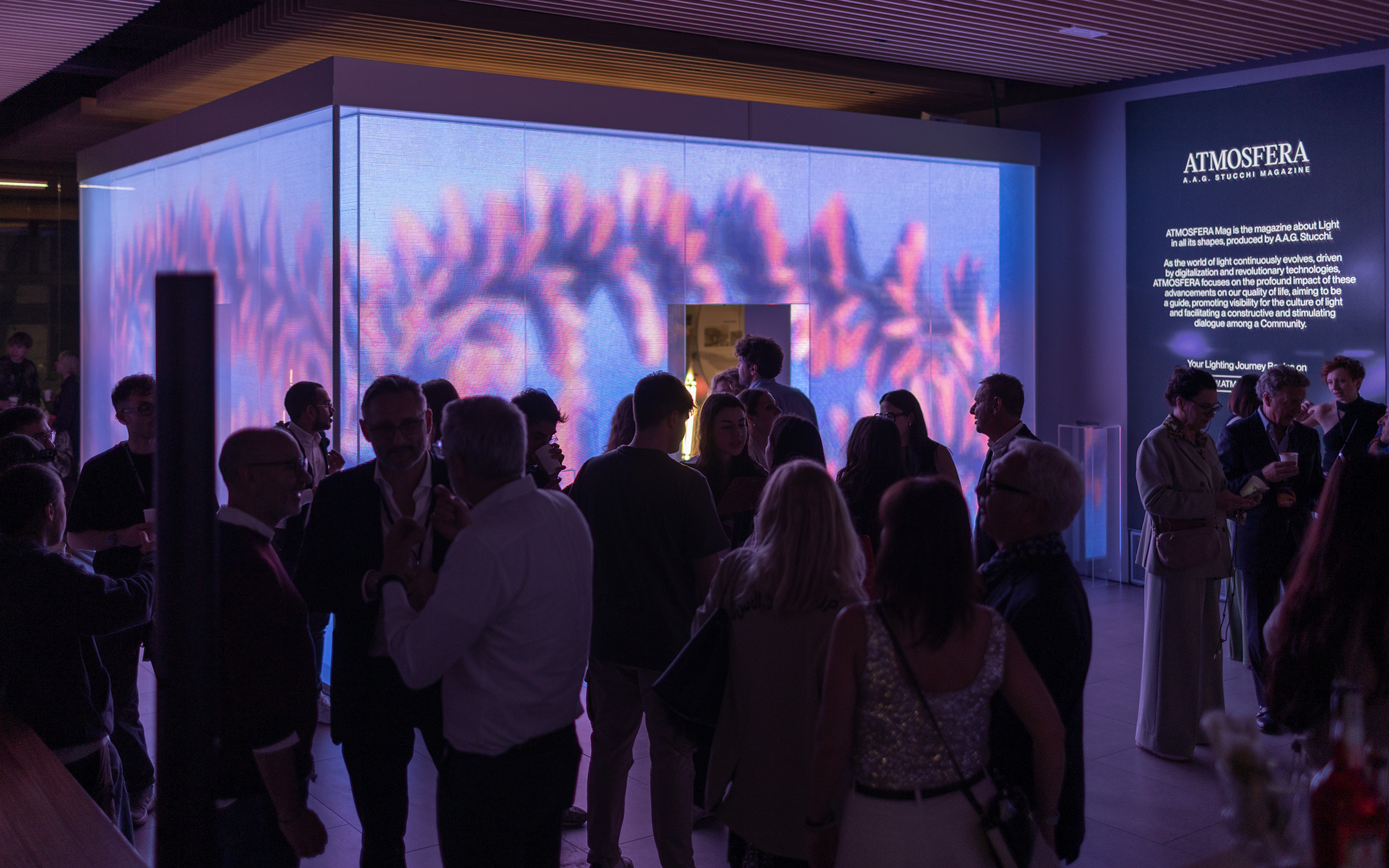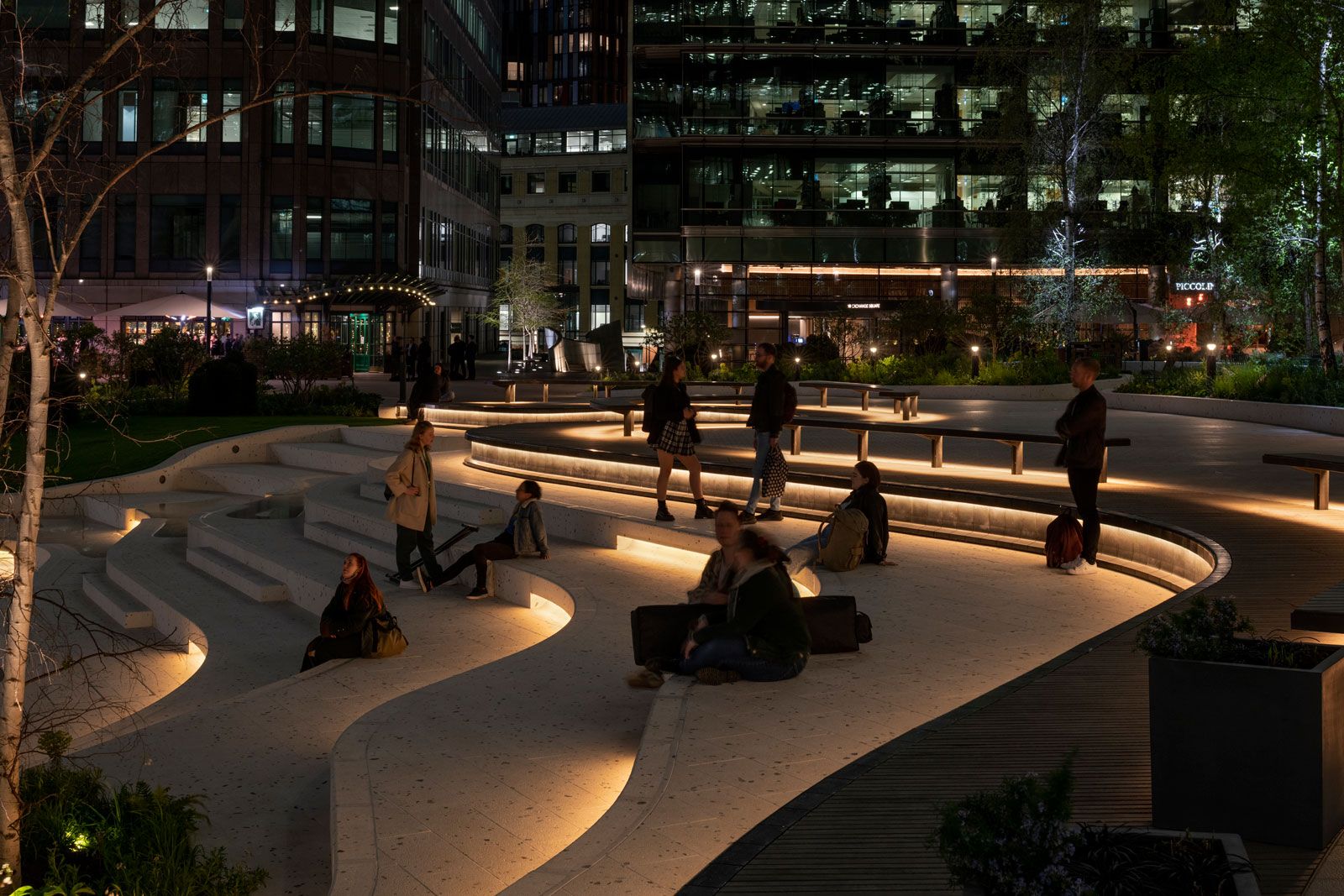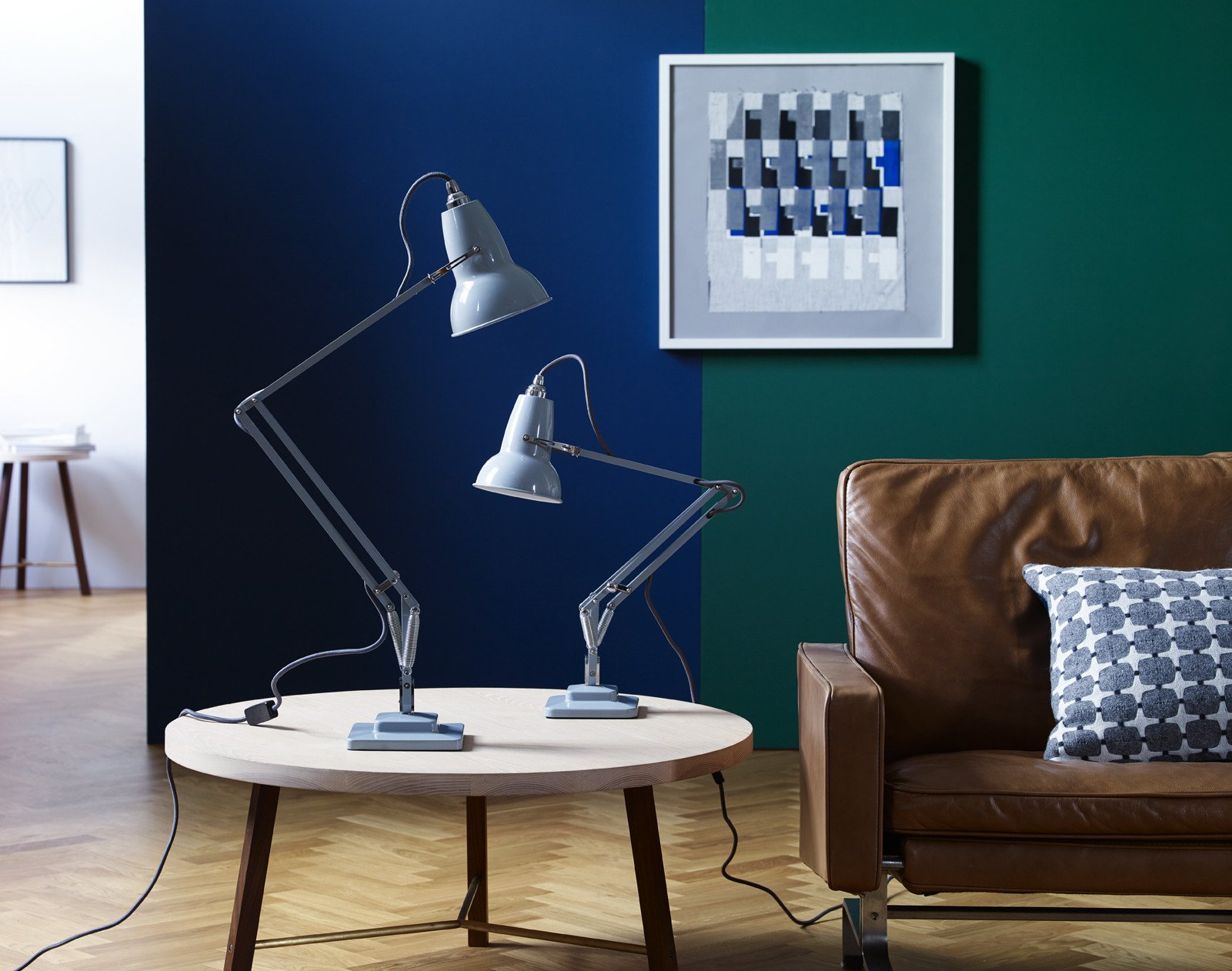The second industrial revolution transformed the way people lived and worked, leading to 90% of the population spending most of their time indoors. However, as human beings, we are intimately connected to the natural world, and our bodies respond in profound ways to the quality and intensity of light that we encounter. Our circadian rhythms, which regulate our sleep-wake cycles, are particularly sensitive to light and can be deeply affected by the lighting environments we inhabit.
Balancing artificial and natural light: the role of human-centric lighting
This is why human-centric lighting has emerged as such a powerful tool for designers seeking to create spaces that support our physical, emotional, and psychological well being. Human-centric lighting seeks to mimic the dynamic and ever-changing qualities of natural light. This can involve manipulating the hue, brightness, and saturation of artificial light sources in order to create a more nuanced and responsive environment. The most significant factor to consider is the correlated color temperature (CCT).
The correlated color temperature (CCT) is a measure of the color appearance of a light source, expressed in degrees Kelvin, which describes whether the light appears warm (yellowish) or cool (bluish). With the use of the latest technologies, CCT can be controlled and changed throughout the day. By carefully considering the ways in which a space will be used, designers can provide control specifications and set lighting scenes depending on the usage and time of the day to create the right atmosphere and evoke specific moods.
Lighting’s intensity and hue can be controlled by specific apps or control panels by the end users. Of course, while LED lighting can certainly simulate the effects of daylight, it’s always preferable to incorporate as much natural light as possible into a space. By striking a balance between artificial and natural illumination, designers can create spaces that can support our wellbeing.
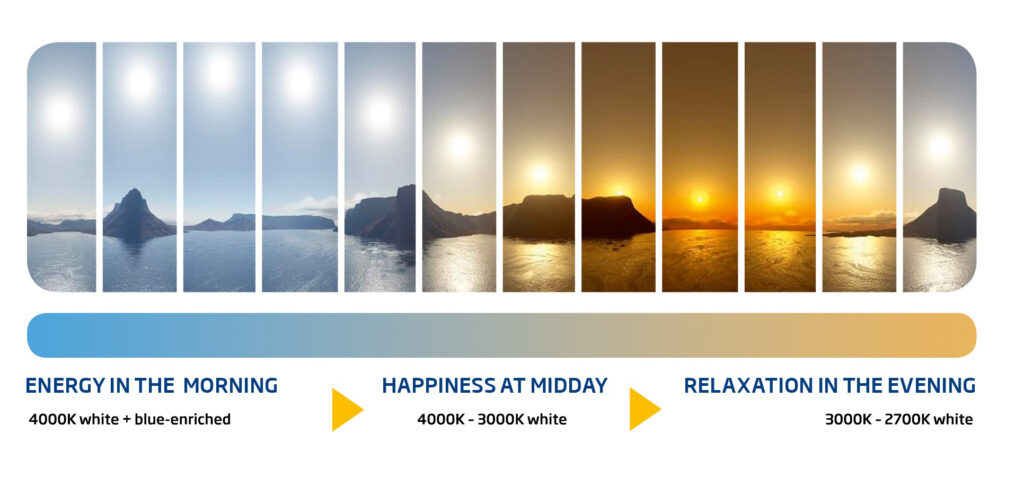
Pros and cons of LED source
LED sources have both advantages and disadvantages when designing lighting systems that prioritize health and wellbeing. LED sources, compared to other light sources, emit less UV light, are flexible, and easily controlled, produce less heat, and are highly energy-efficient. However, prolonged exposure to blue light can cause eye strain, fatigue, and disrupted sleep patterns, some LED sources may flicker causing headaches and eye strain, and achieving accurate color rendering can be challenging in some settings. It is important to select LEDs with appropriate color temperature, high-quality components, and consider limiting exposure to blue light, especially at night time.
Visual perception and comfort
The body’s natural patterns and visual perception can be disrupted by certain forms of artificial light, as well as the way that lighting sources are integrated into architectural details and arranged within a space.
Glare
Glare is a common issue in lighting design that can lead to discomfort or temporary blindness, making it difficult to see and navigate a space. One cause of glare is the direction in which the light is aimed, particularly if it is directed towards the viewer’s eyes. Another cause is reflected light, which can create hot spots and sudden changes of luminance that can be distracting or disorienting. To reduce the risk of glare, it is important to consider the placement and direction of light sources, as well as the finishes of reflective surfaces in the space.
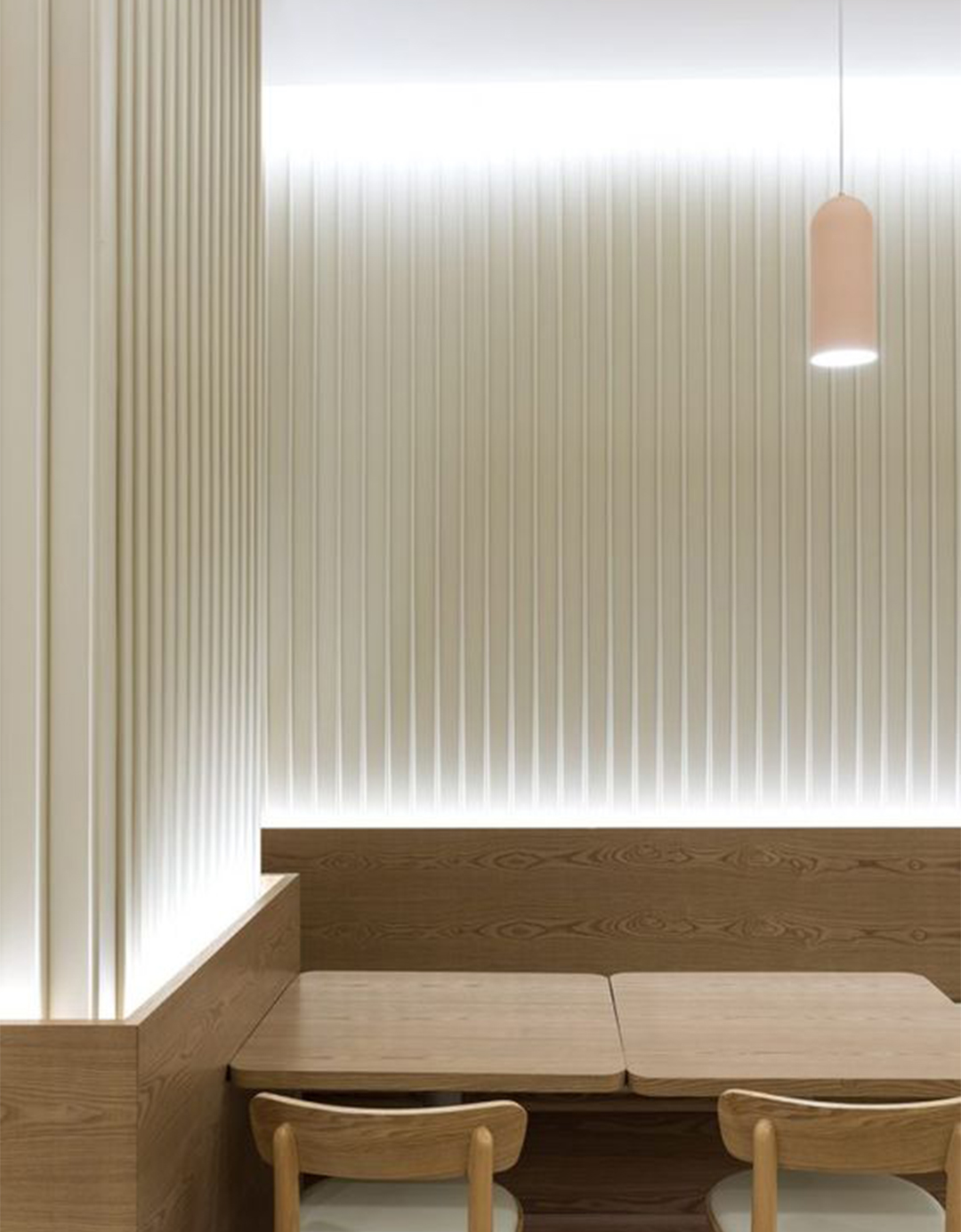
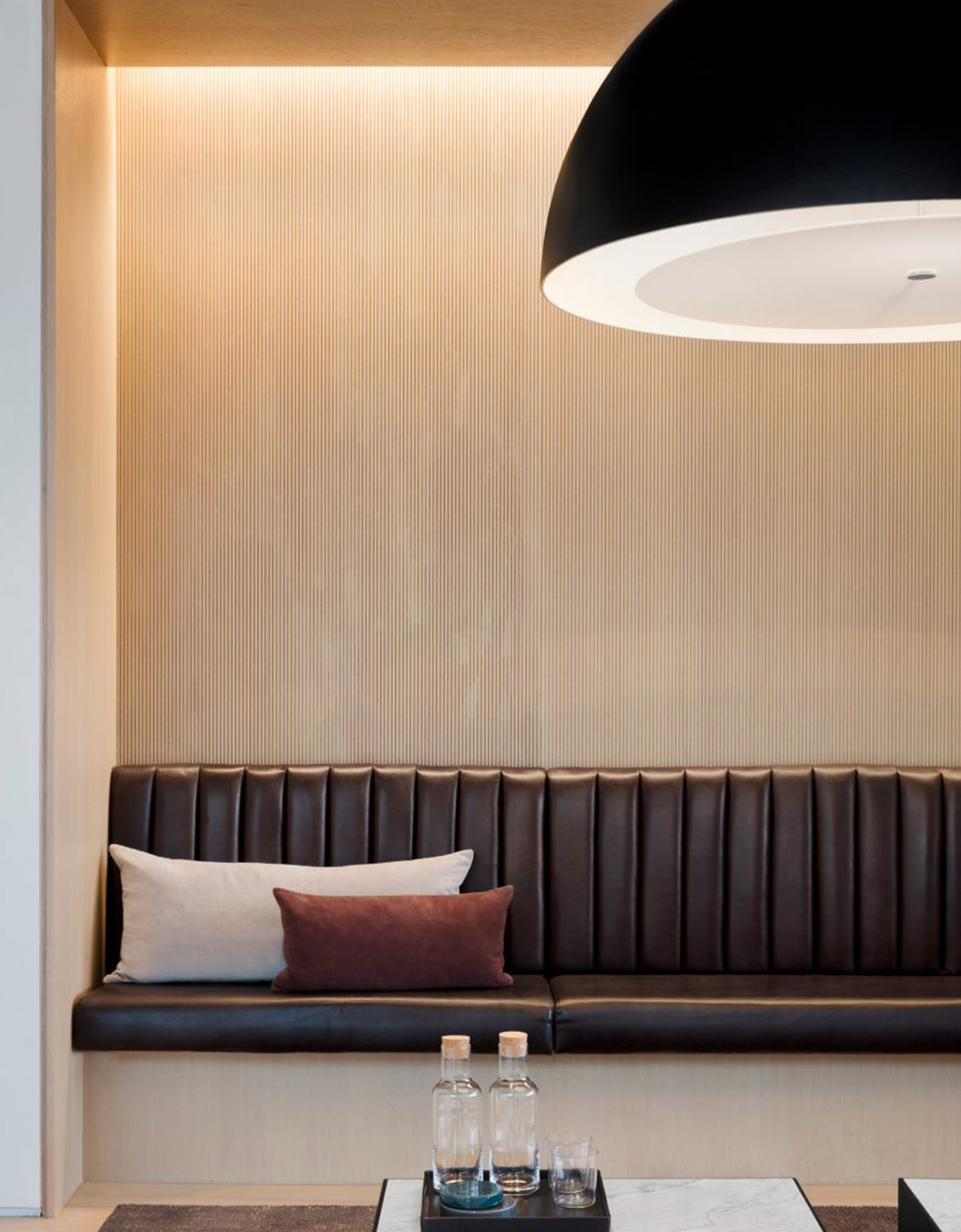
Layered Approach to lighting
A layered approach to lighting involves using multiple light sources with varying intensities and angles to create depth, texture, and interest in a space. This approach uses ambient, task, and accent lighting to illuminate different areas of the room and provide flexibility in lighting levels based on time of day, activities, and mood. It can improve the overall aesthetic and promote a sense of wellbeing.
Conclusion
A good lighting design should consider both design principles and accessibility. Lighting is important for creating a welcoming and functional space, and setting the atmosphere and theme for its users. By considering the relationship between lighting and wellbeing, the design can enhance the user experience, while also improving aesthetics and functionality.
